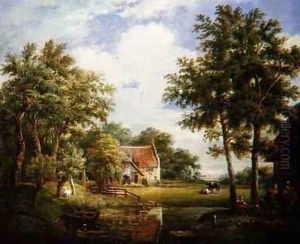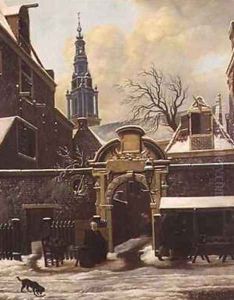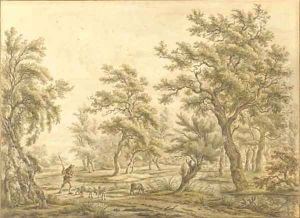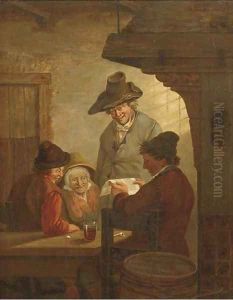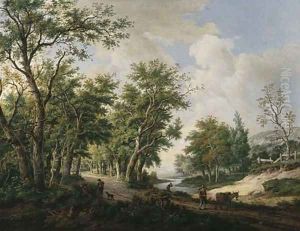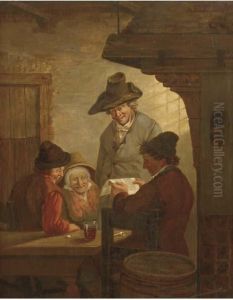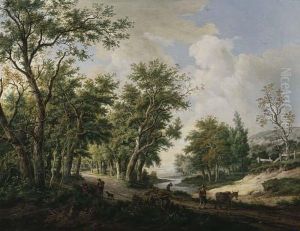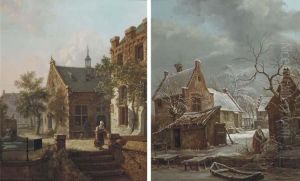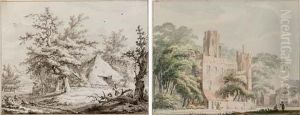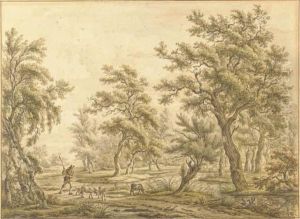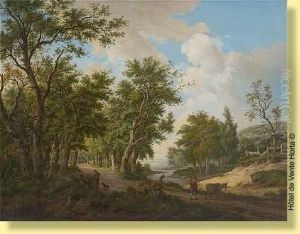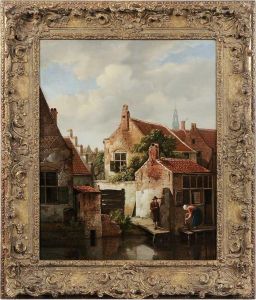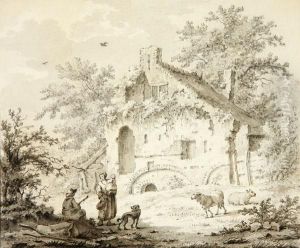Carel Lodewijk Hansen Paintings
Carel Lodewijk Hansen was a Dutch artist born in 1765 in The Hague, Netherlands. His life spanned the late 18th and early 19th centuries, a period that witnessed significant transformations in European art, particularly with the emergence of Romanticism following the Enlightenment era. Hansen was primarily known for his contributions to painting, although detailed records of his life and works are comparatively scarce, reflecting the common challenge of preserving comprehensive histories of artists from this era.
Hansen's artistic journey commenced in an age dominated by Neoclassicism, a movement that revered the art and culture of ancient Greece and Rome. This influence is evident in the precision of his technique and the classical themes that occasionally surfaced in his work. However, as he matured, his style evolved, showing an increasing interest in capturing the nuances of light and atmosphere, suggesting an alignment with the emerging Romantic sensibilities of his time. This was characterized by a greater emphasis on emotion, nature, and the sublime, marking a departure from the rationality that defined the previous era.
Despite the lack of extensive documentation on Hansen's personal life and artistic career, it is known that he was active in the Dutch art scene, contributing to the rich tapestry of European art history. His works, though not as widely recognized as those of his contemporaries, offer valuable insights into the transitional period of art between the 18th and 19th centuries. Hansen's paintings are characterized by their detailed execution and the subtle interplay of light and shadow, reflecting the skills of a masterfully observant artist.
Carel Lodewijk Hansen passed away in 1840 in his hometown of The Hague. Today, his legacy is preserved in the collections of Dutch museums and in the annals of art history as a testament to his role in the development of European painting. His life and work exemplify the journey of an artist navigating the changing tides of artistic movements, contributing in his unique way to the evolution of visual expression.
